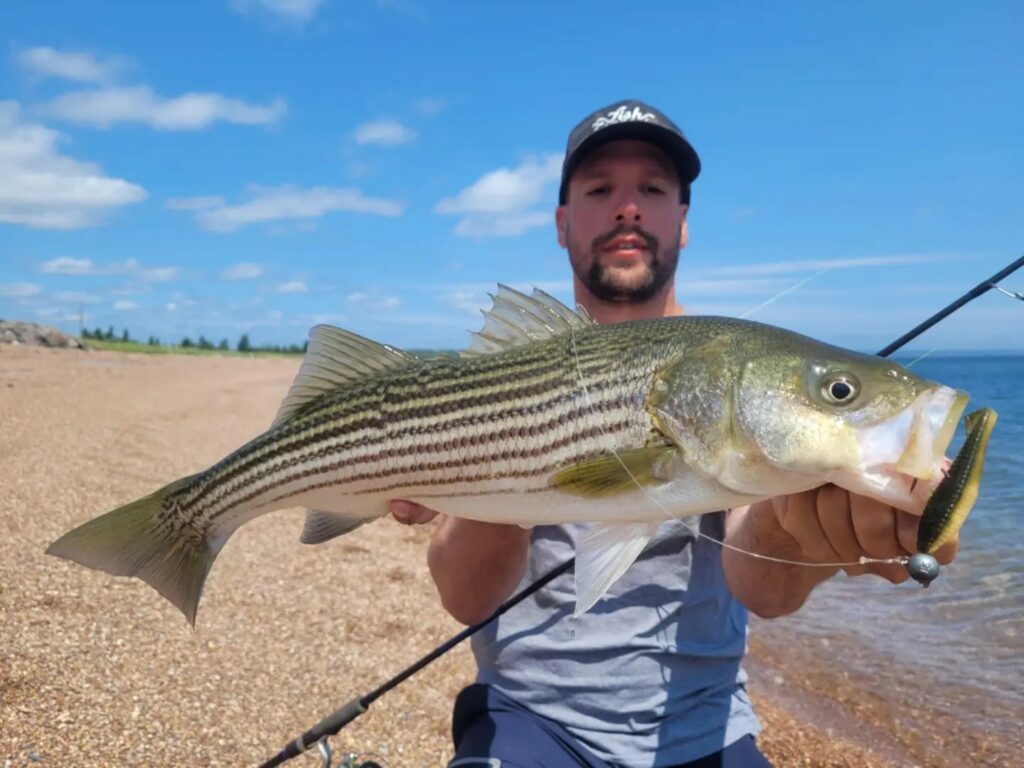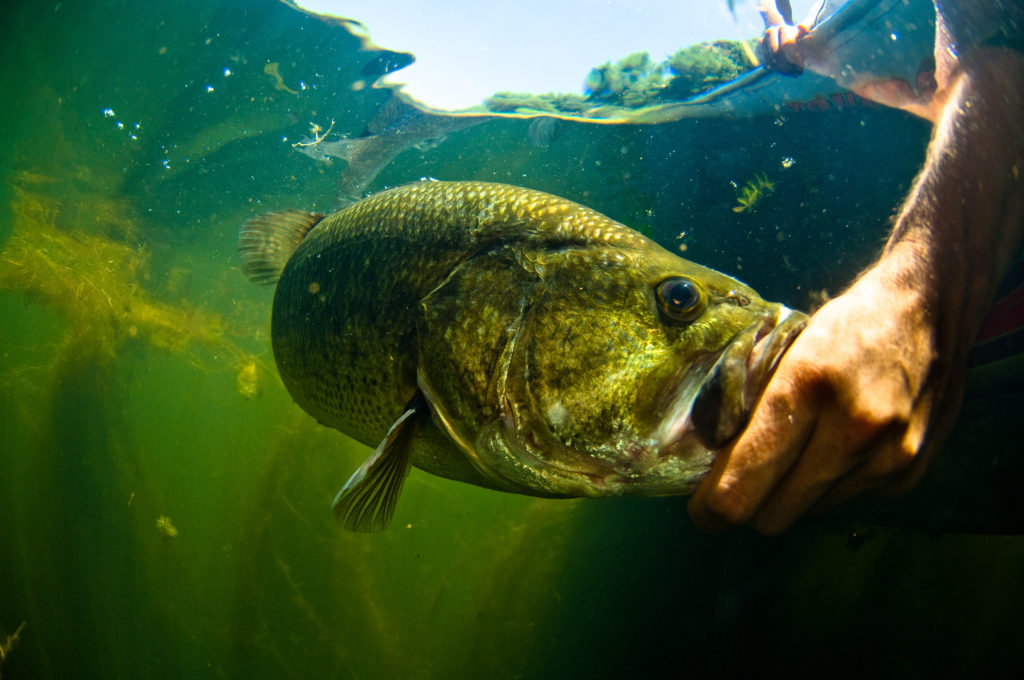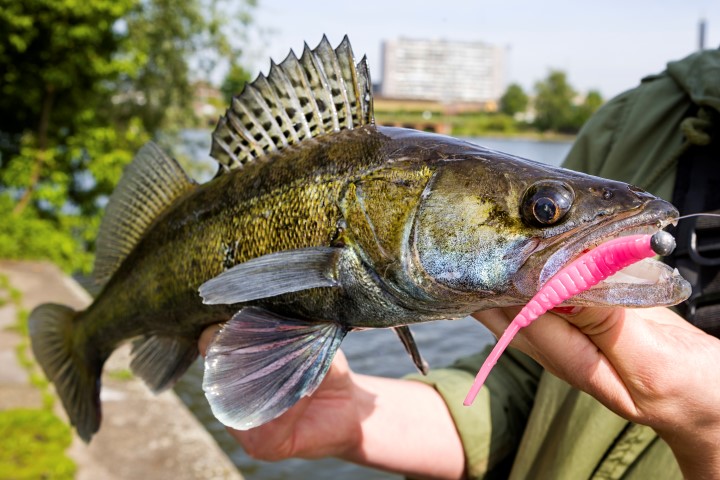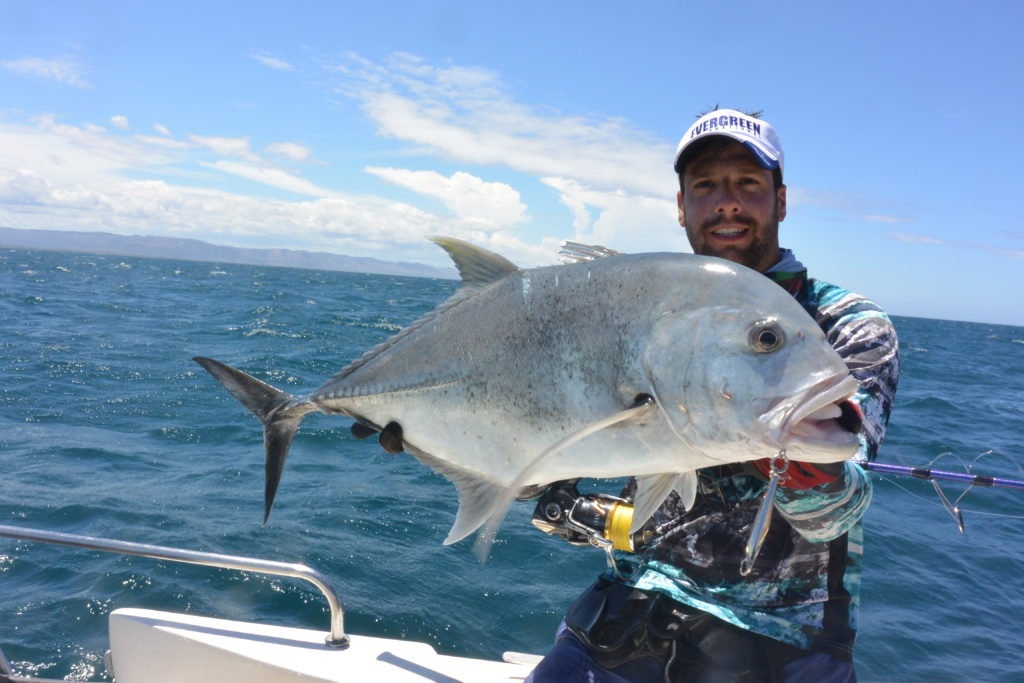
The animation of a soft lure is just as important as the choice of lure itself. This key element will undoubtedly make the difference between a memorable fishing session or a catastrophic reverse. At Rodmaps, we've spent years fine-tuning our animations and approaches. Whether you're a beginner or a keen angler, this article will guide you through the subtleties of soft lure animation.
Our article in brief:
The animation of a soft lure is as important as the choice of lure itself.
- Start by mastering the basics Linear animation, strop & go, twitch, traction.
- Adapt yourre lure animation This depends on the species, the season and the depth of the watercourse.
- Use special events depending on the layer of water you're looking at.
- Choose carefully the shape and weight of your lead heads and of course your soft lures
The different techniques for animating a soft lure
Soft lure animation is based on a number of basic techniques that every angler needs to master. These techniques will form the basis on which you can refine your technique and approach.
Here are the main events you need to know about:
- The linear drag throw This is simply a matter of retrieving your lure steadily to imitate a regularly moving prey.
- Stop & go This involves animating your soft lure by alternating retrieve and pause. The purpose of the pause is to simulate an injured fish.
- Twitching Use short, sharp taps to make the lure vibrate in place. This is also designed to simulate wounded prey.
- Saw teeth Succession of up and down movements of the lure in the water column.
- Traction This lure uses long pulls followed by pauses to imitate fleeing prey. This lure animation will allow you to quickly explore different layers of water.
It is also important toadapt your animation according to several factors :
| Factor | Impact on animation |
|---|---|
| Target species | Each species has its own preferences (e.g. slow movement for pike-perch) |
| Season | Slower in winter, more dynamic in summer |
| Depth | Adjust the weight of the lead head and the retrieval speed |
| Fish activity | Subtle animations when the fish are not very active |

Specific activities depending on fishing conditions
Over the course of our fishing adventures, we've developed animation techniques adapted to different fishing scenarios. These approaches can make all the difference between a successful catch and a big one.
For bottom fishingwe recommend :
- Let the lure sink to the substrate
- Animate close to the bottom with light pulls or stop & go.
- Maintain contact with the bottom by lightly "scraping".
This technique is particularly effective for pike perch or the pole. The latter are particularly fond of prey moving close to the bottom and very often pick them up when stationary during pauses. We have lost count of the number of outings where this approach has enabled us to capture large specimens.
Surface fishingrequires more dynamic animations:
- Animation in "walking the dog A zigzag movement on the surface of flexible weightless lines
- The "buzzing : Rapid recovery creates a stir
- The " jerking : Quick strokes of the rod to make the lure bounce
These animations are formidable when it comes to triggering reflex attacks, particularly on sea bass in shallow waters or on pike and whitefish. black bass in summer.

The subtle art of vertical and darting animation
Vertical fishing from a boat and the darting technique are two more advanced approaches to soft lure fishing. Both are worth exploring in detail. These two approaches require finesse in the animation of your soft lure and great sensitivity to detect the most discreet bites.
Vertical fishing is mainly used for pike-perch and perch. It consists of :
- Lower the lure vertically to the boat
- Animate the lure with small movements of the rod
- Work the lure in stages through the water column
This technique has given us some great fishing on our expeditions to dam lakes and major French rivers, where the fish are often held at depth. It is also our flagship technique when we fish for pike-perch from autumn through to winter, or during periods of high water.
The dartingis a more specific form of animation which consists of :
- Use a sharp jerk of the tip of the scion to cause the lure to veer sharply off course
- Letting the lure drop to the bottom
- Give it another tug.
This animation is particularly effective in triggering the predatory instinct of predators. We use it frequently for perch fishing, where it often provokes spectacular attacks.
Choosing the right equipment for perfect animations
The choice of equipment plays a crucial role in the animation quality of your soft lure.
The lead head is one of the key elements of this component. Its shape influences the lure's swimming action and its weight determines the fishing depth and sink rate. So choose the shape and weight of your TP carefully, depending on the animation you want and the fishing conditions.
During a memorable fishing session on Canada's Atlantic coast, we experimented with different sinker heads for the striped bass. The results were striking: a football head enabled us to efficiently scrape the rocky bottom, while a round head excelled for animations in open water.

Choosing a soft lure itself is just as important:
- Size: adapt it, of course, to the target species
- The shape : This will influence the type of animation possible
- Flexibility: determines the responsiveness of the lure to inputs
Don't forget that bites often occur as the lure descends or just after a shot. Remain vigilant and always maintain contact with your lure to detect the slightest attack.
Soft lure animation is an art that is perfected over time. By applying these techniques and adapting them to your fishing, you will significantly increase your chances of success. Don't hesitate to experiment and develop your own style. The key to success lies in your ability to read the water, understand fish behaviour and adjust your animations accordingly.




